After three straight days of hiking (covered in my previous post) we reached base camp, which you can see in the picture below. When we first got here, I had a headache, was tired from all the hiking, a little bit hungry, and really needed a rest to get used to the altitude. So at first base camp was not an ideal place to be; walking around and doing anything was slow and required lots of effort. In the end, after coming down to be BACK here, it was such a luxurious place when compared to the higher camps (more on that in the next post).
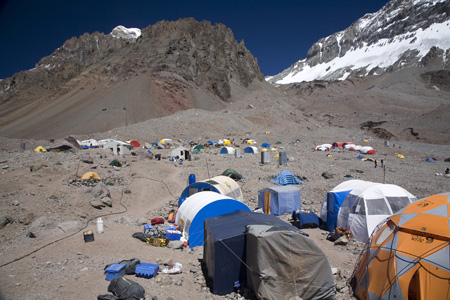
Below is our more ‘permanent’ tent that we used for a kitchen and dining center, and also as the place to hang out, listen to music, chat about the latest news and events (among other things: discussions about Obama when we realized he would get sworn in while we were somewhere on the mountain).
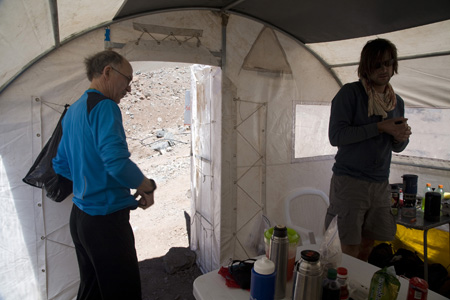
A lot of time on the mountain was spent idle, just sitting around and letting our bodies acclimatize to the conditions. Below you can see me just hanging around in our tent, on my way in or out.

So what did we do during this idle time? I seem to get asked that question a lot. Well for one, we slept a lot, which was 10+ hours, or from dusk til dawn on most days for me, and for everybody else I am quite sure; one of the main reasons for that was that once the sun set you did not want to be outside your sleeping bag. Also later on when I had nothing else to do I thought: “what a better way to kill time than to sleep late into the day?” And also, how often in life do I get to REALLY sleep as much as I want? 🙂
I also had some books to read, and John Grisham’s books definitely are a good way to pass the time. Below you can see Emil hanging out with his music, and the books beside him are mine, one a Grisham and the other being Mountaineering: The Freedom of the Hills.
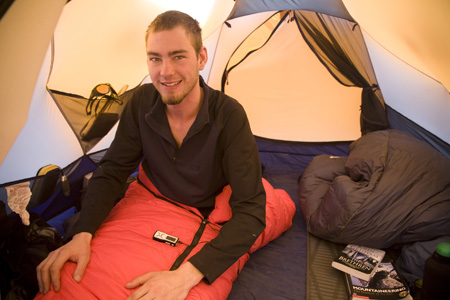
I also had my iPod with me, which was great for chilling out, however with it I learned one of the first things about altitude: hard drives do not work at altitude. At about base camp my (hard drive based) iPod worked sporadically, and Ryan our guide confirmed that it happens to most ipods, and that if I try to use it at even higher elevations I could damage it for good. So, it stayed at base camp, and for my next high-altitude expedition I will look into flash-based models.
This might be a good time to bring up the other things I learned first hand about life at altitude:
– I had really vivid, realistic, not-enjoyable dreams. That was not too fun, and apparently it’s not all that uncommon either. They did go away once I acclimatized, and then came back once we went higher.
– People have a lot more gas at altitude, and trust me I experienced that first hand. I won’t get into the details here but there were some funny (and also some not-funny) stories about that.
– Loss of appetite. I had heard about this, but didn’t realize the effects of it until the trip was over. At higher altitudes you don’t eat much, partly because the food is not that good or interesting, partly because you have had that same type of food every day for a week already, partly because you’re busy hiking or just living. And I didn’t think too much of it at the time, after all there were some days that we just sat around and rested, so if I’m not hungry that means I couldn’t possibly be burning that many calories! Then once I got down and took my first shower (after 15 days on the mountain without a shower, my personal best!!) I realized how much weight I had lost, as washing and feeling my stomach I realized that for the first time in my life I had lost the ‘spare tire’ around my waist and could feel all my muscles! (Lesson: if you want to lose weight go climb a mountain for a few weeks. Results guaranteed.)
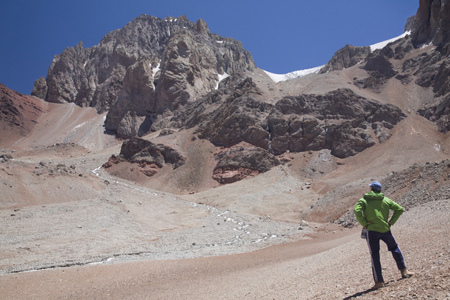
One of the days at base camp we took a little hike away from the normal routes of where we came from and where we were going. That was just to keep our legs active, as days of rest can yield some tight muscles when it comes time to need them. Below you can see me enjoying some of the topography of the area around base camp.
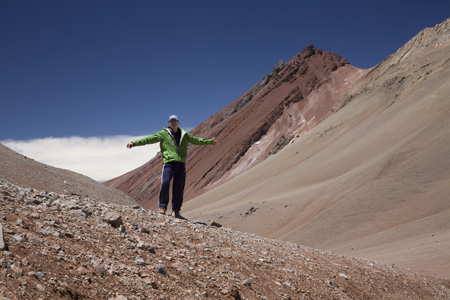
Another way to pass the time was to sit in the tent and relax, maybe drink some tea, which we did a lot of in the higher camps where we did not have our dining tent, and our sleeping tents were all the shelter we had.
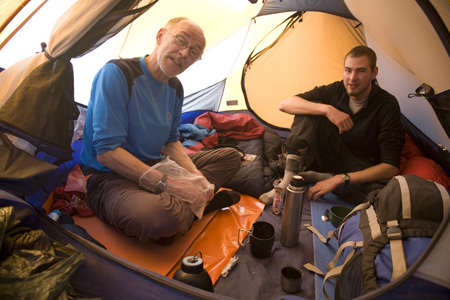
I also made sure to pray every day, as I have learned that mental strength is more of what gets a person to the top than physical strength. I would say a Rosary every day, and on some tough days of walking I would find myself praying as I’m going up, taking my mind off the burden at hand.
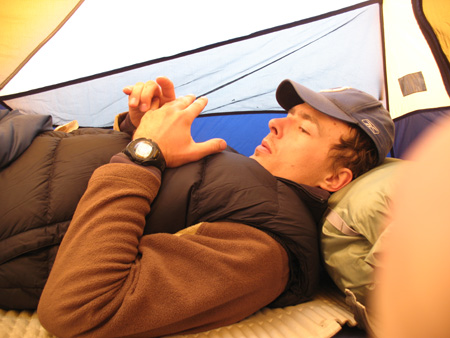
By the end of the summit push, when I had read all my books, my iPod was waiting at base camp, the weather outside was too bad to go and talk to people, I would just lay in my sleeping bag and do absolutely nothing. I think there was one day like that, when I can remember looking at my watch, thinking “I have about 8 hours left before I go to sleep with absolutely nothing to do”, and I literally spent that day laying there and just thinking, the first day of my life in a VERY long time where I did absolutely nothing, because there was absolutely nothing to do.
Alright, now that I’ve filled your head with what our idle time looked like, stay tuned for my next entry, when I’ll talk about the trips from base camp to the high camps.








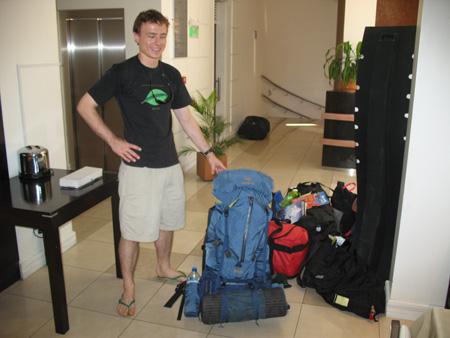
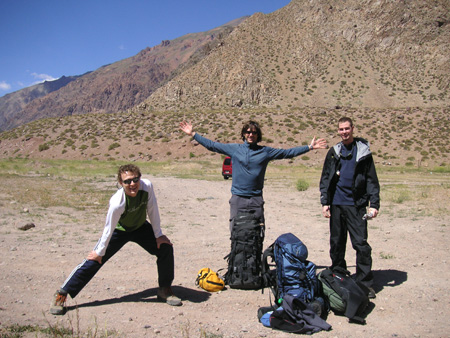
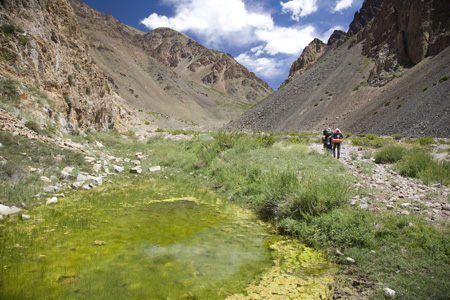
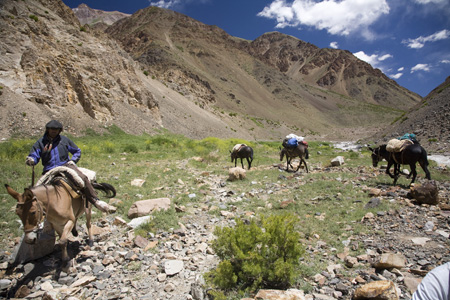
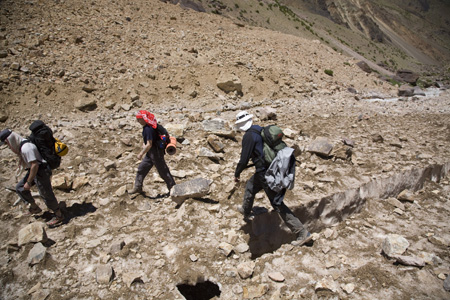
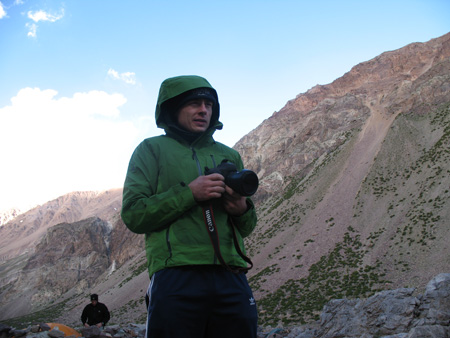
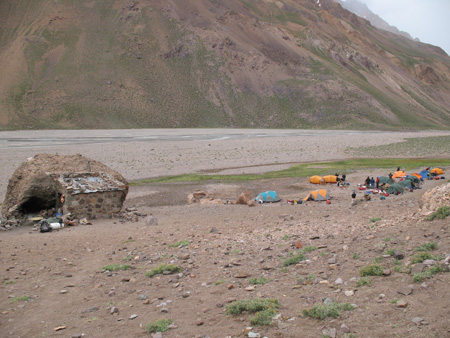
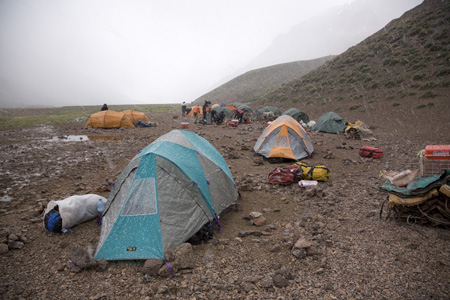
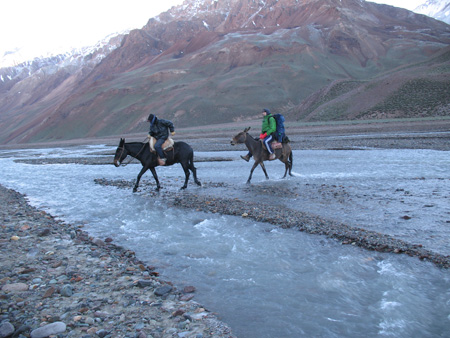
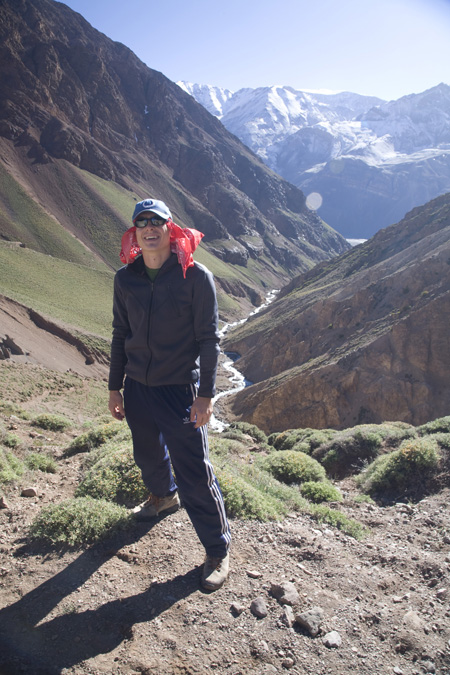
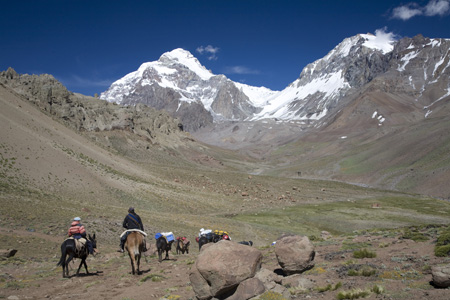
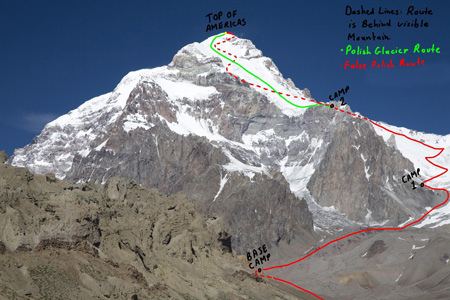
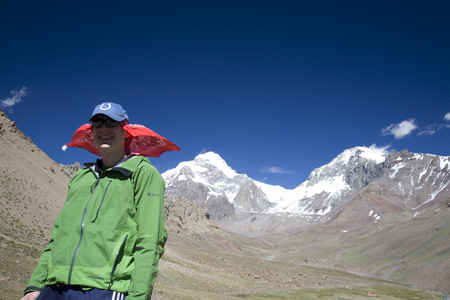
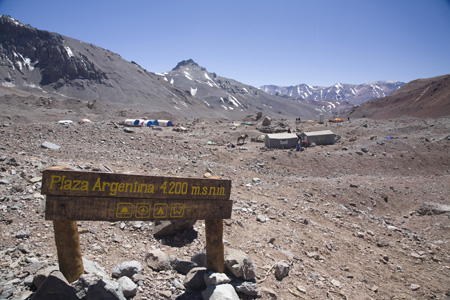
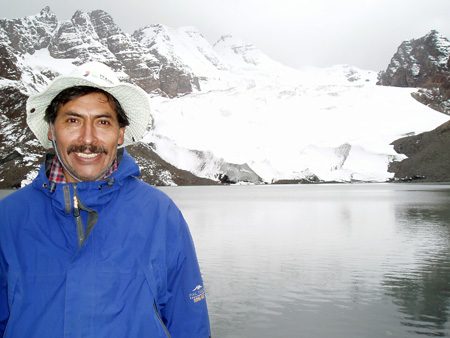
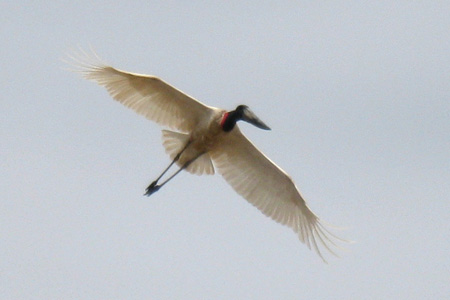



.jpg)